Peter Halley’s work is distinctive—once you’ve seen a few Peter Halleys you can easily pick them out. Buying into this perception to a certain extent, the “paintings” tab of his website has an “overview” option. If a visitor to his site so desires, he or she can literally scroll through his entire oeuvre to see how Halley has reworked his simple iconography of squares, rectangles, and lines over the course of his career, steadily embracing a neon DayGlo palette. However, his “Artists at the Institute” lecture at the IFA on February 2nd provided insight into the profoundly thoughtful artist behind the paintings. Indeed, his highly individual style is a hermetic rumination on subject matter close to his heart: How to cope with the isolation of modern life and find human connection, particularly in New York City.

Halley began his lecture by discussing his move to New York City in 1980 and a linchpin piece, The Grave, that helps unlock the iconographical implications of his work. The minimalist painting depicts a stark whitish rectangle resting on a black ground with a sickly yellow background. The isolation of death comes through clearly. Looking back at this work from 32 years ago, Halley revealed that the piece’s deadpan style harbors a “touch of emotional depression.” It is hard not to imagine that the painting bespeaks the profound loneliness of a transplanted artist amidst the bustling, crowded streets of New York.
As Halley continued his lecture, he described how the gravestone morphed into a prison, drawn not figuratively but simply, as a rectangle with three slim vertical lines through it. Representing both the grid of the city and a single apartment in a skyscraper, Halley’s prison invokes a sense of feeling trapped. In a particularly elegant comparison of modern urban life vis-à-vis earlier historic times he described his thoughts on the “death of nature.” As Halley sees it, people in today’s society are cut off from the natural world: one can no longer go out into nature as a “sure-fire referent anymore” or a place to escape the stress of daily life. (From a personal perspective, I can agree with him. Every day on my commute to school I deliberately take the C train uptown so I can walk across the park and enjoy a few minutes of relative solace, away from the chaos of Manhattan streets.)

Shortly after the appearance of prisons in his paintings, Halley described how he began to include Barnett Newman-esque “zips” that he calls “conduits.” These conduits started out tentatively, as in Prison with Conduit, in which they do not encounter any obstacle but rather run horizontally across the canvas. Quickly, however, they began to link shapes together. His rectangular and square shapes began to converse with the edge of the canvas (read “the rest of the world,” in general) or with one another (read “individual to individual”). The isolation of the gravestone gave way to a connected world. As he stated in a 2009 interview, “The connectivity between people is the basis of the pleasure of life to me.” One could posit that Halley’s work began to change as he began to build friendships in his new city.

Halley described the conduit as the type of relationship possible in the modern world of increased alienation due to technology. For Halley, technology ties people together but without the close bonds wrought by the face-to-face interactions of yesteryear. During the 1980s he was referencing telephones, television and radio; in today’s digital world, his words and paintings seem to be even more relevant, as evidenced by stories such as that of Tyler Clementi, investigated in a recent New Yorker article: “The Story of a Suicide: two college roommates, a webcam, and a tragedy.”

The artist stated that his early icons—the gravestone, the prison, and the conduit—formed the foundation for his later work. As he says, he began to play with these forms and brighter colors with a “childlike” sort of thought process and his works became “wackier.” While certainly his work may not appear “wacky” compared to the galaxy of subjects taken up by other contemporary artists, there is a joyous quality to his luminous colors appropriated, paradoxically, from videogames. It is almost as if Halley finally embraced the bustle of New York and feels at home in it.
Nick Marmor is an MA candidate at the Institute of Fine Arts, NYU.

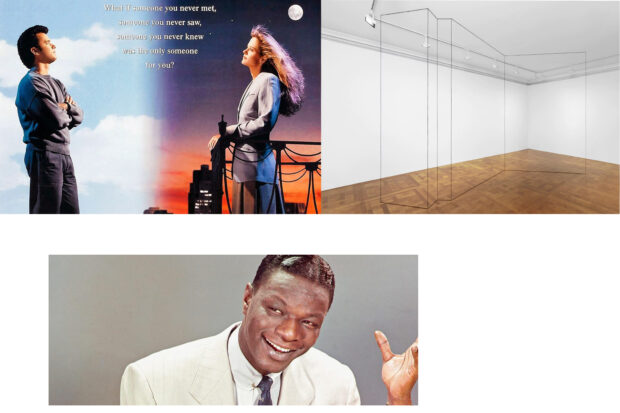
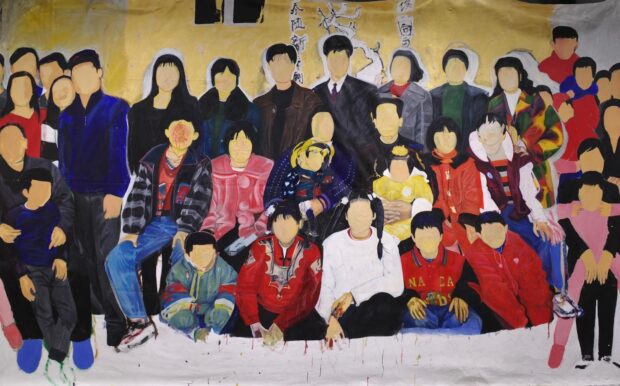
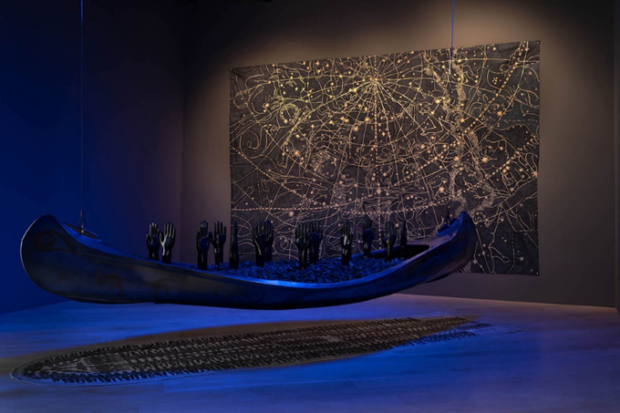
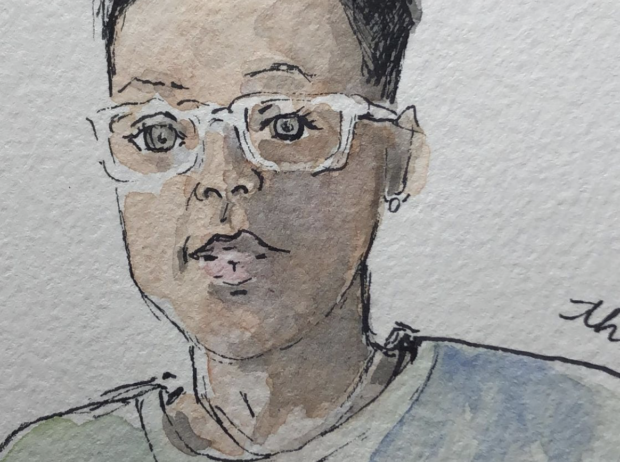
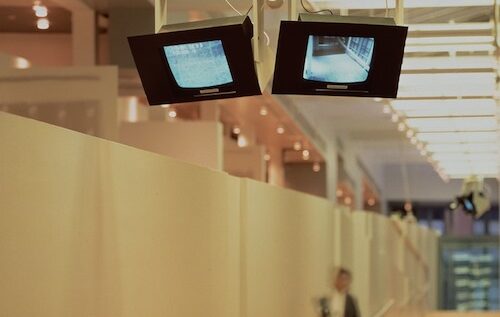
i am so in love and deeply inspired by these works and ideas